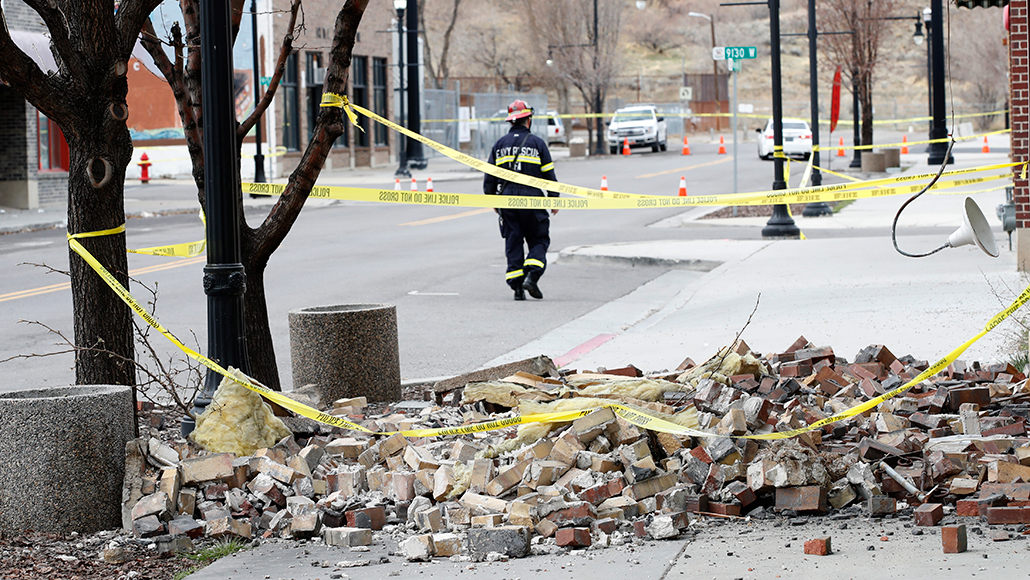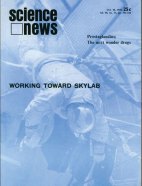50 years ago, scientists were looking for ways to predict earthquakes
Excerpt from the October 10, 1970 issue of Science News

Earthquakes, like the magnitude 5.7 tremor that damaged buildings in Magna, Utah, (pictured) in March, are still impossible to predict. But better quake risk forecasts, early warning systems and aftershock predictions can help people stay safe.
George Frey/Stringer/Getty Images







